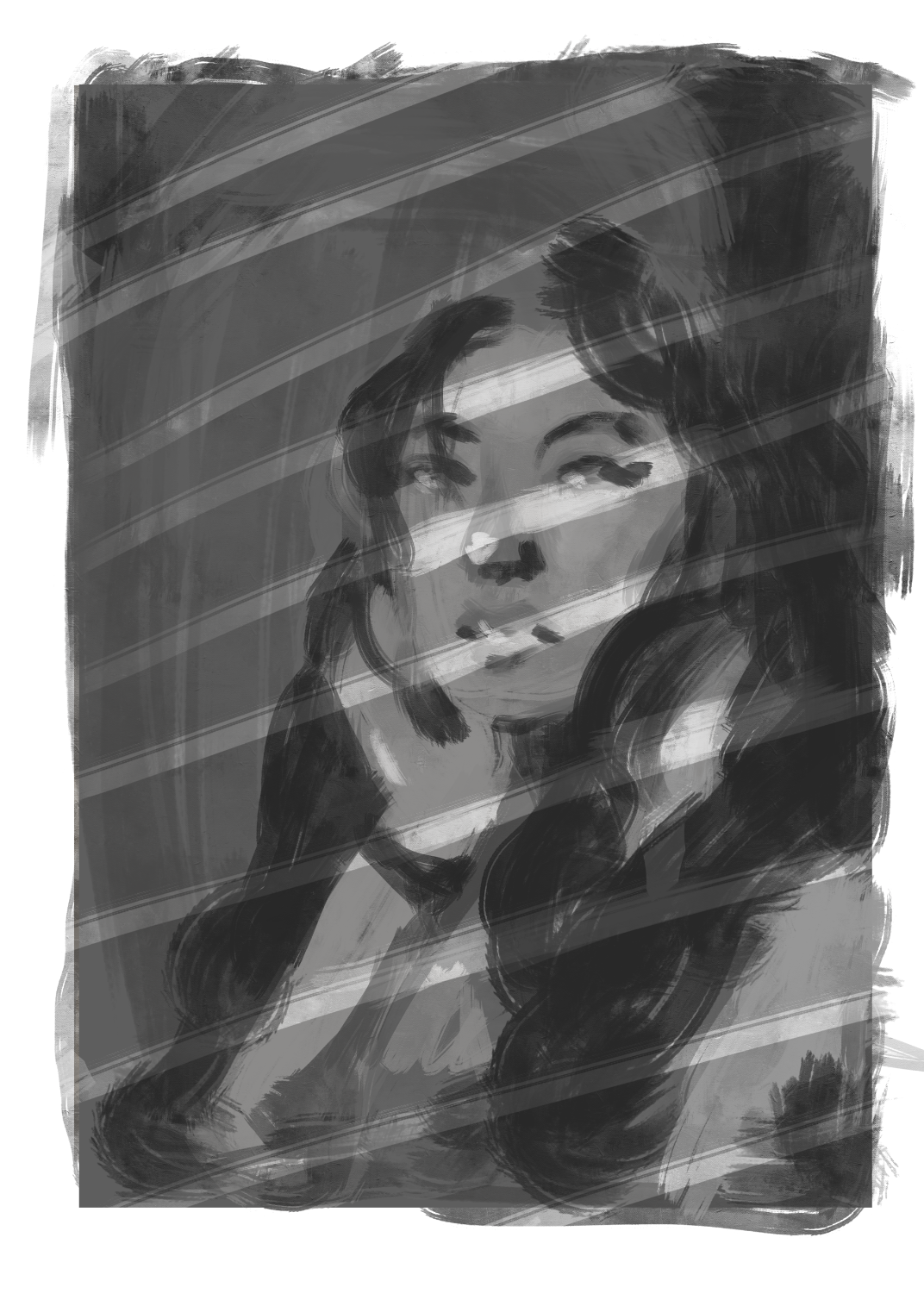Words by Sarah Krieg
Image by Jasmine van Houten | @jasmijnart
Content warning: This piece discusses mental health and depression.
The days are getting shorter, and the nights are getting longer. It’s chilly outside, and you don’t really want to go out. Even if it is lovely and sunny—your bed is much warmer. The semester is done, so you don’t even really have to leave the house if you don’t want to.
Sometimes, it’s just chilly winter days that make you want to stay indoors. But about 3 per cent of Melbournians, and 1 in 3 Australians, suffer from Seasonal Affective Disorder during the winter months. Typical symptoms include sluggishness, unexplained anxiety, sleep problems, weight change and feelings of hopelessness. In more severe cases, feelings of guilt and suicidal thoughts can affect sufferers.
The most severe cases of SAD are seen overseas, where the climate in winter is even more inhospitable. Some people living in the US, Canada, Scandinavia and other northern European countries see less than five hours of sunlight a day in winter, if there is any at all.
SAD sufferers from all over the world have congregated in a Facebook group, where they share tips and gain support from one another through the online community.
Joni, from Connecticut, has suffered from SAD for about 15 years. As winter sets in, and particularly after snow starts to fall, she loses the ambition to do anything; she often can’t get out of bed in the morning and her anxiety becomes intolerable. As a result, she doesn’t go outside, and becomes more depressed. She also experiences carb cravings.
A number of treatments have been useful in alleviating her symptoms. Joni said she uses a combination of vitamin D supplements, light therapy and spending time outdoors. She also modifies her diet to reduce carb and sugar intake, as well as a ‘dawn simulator’, which helps her to get up on time, even if it is before the sun actually rises.
Another member of the group, Anna, is from southern Finland. She has only been recently diagnosed with SAD, but said that she has likely been suffering the symptoms for many years. She said that in Finnish, there isn’t a word for the disorder, and it’s not an official diagnosis—it is known as “repeating depression” in the spoken language. Due to the dark winters, she said, everyone more or less knows about it.
Anna experiences similar symptoms to Joni, as well as trouble focusing and slow reaction times. She also experiences feelings of guilt, fears of letting people down, and suicidal thoughts. Anna’s treatments include light therapy, depression medication and sleeping pills. She said the sleeping pills help to regulate her sleeping hours, particularly when she is anxious. The light therapy and depression medication, however, did not seem to help this winter. Anna said that next year, during the darkest part of the season, she has plans to go on a holiday somewhere sunny in southern Europe.
Both Joni and Anna say the biggest myth about SAD is that people think they’ll be better as soon as there’s a sunny day in winter. But for Anna, it is difficult when people think that SAD is the same as feeling a little blue when the cold, wet and wintry weather sets in, as most people do in Finland.
“What they don’t get is that I have no problem with October and November, but in January I want to die because of the lack of sunlight. People without SAD have no problem in January because the crappy weather is over then and there’s beautiful snow on the ground everywhere. Too bad the snow ain’t helping with SAD.”
Dr Melissa Monfries, a senior lecturer in clinical psychology at RMIT, agrees that there is a stigma and misunderstanding surrounding the disease, due to its classification as a depressive disorder. Further, because it is only seasonal depression, she said there is less empathy because sufferers only deal with it for four to six months of the year.
Severe cases are rarely seen in Australia, but Dr Monfries is clear that SAD is not a disorder to be overlooked.
“It can often be mixed up with a general depression diagnosis, as GPs may forget to ask about the seasonal aspect of the illness,” Dr Monfries said.
It can also often be mistaken for the winter blues, she said.
“It’s important to know when it stops being a little bit sad some of the time, and starts impairing your ability to do the things that you normally would do every day.”
Dr Monfries’ top tip for recognising SAD is to not dismiss behavioural changes.
“SAD can affect anyone, the way that other mental illnesses like depression or anxiety can,” she said.
But for SAD sufferers globally, treatments such as light therapy, natural remedies and antidepressants can help to alleviate symptoms.
If this article has brought up any issues for you, or you would like to seek help:
Call Lifeline on 13 11 14 for 24-hour crisis support
RMIT offers one-on-one free counselling services to students. For all counselling appointments at the City, Bundoora or Brunswick campus, phone (03) 9925 4365 (Monday to Friday, 9am to 5pm)

